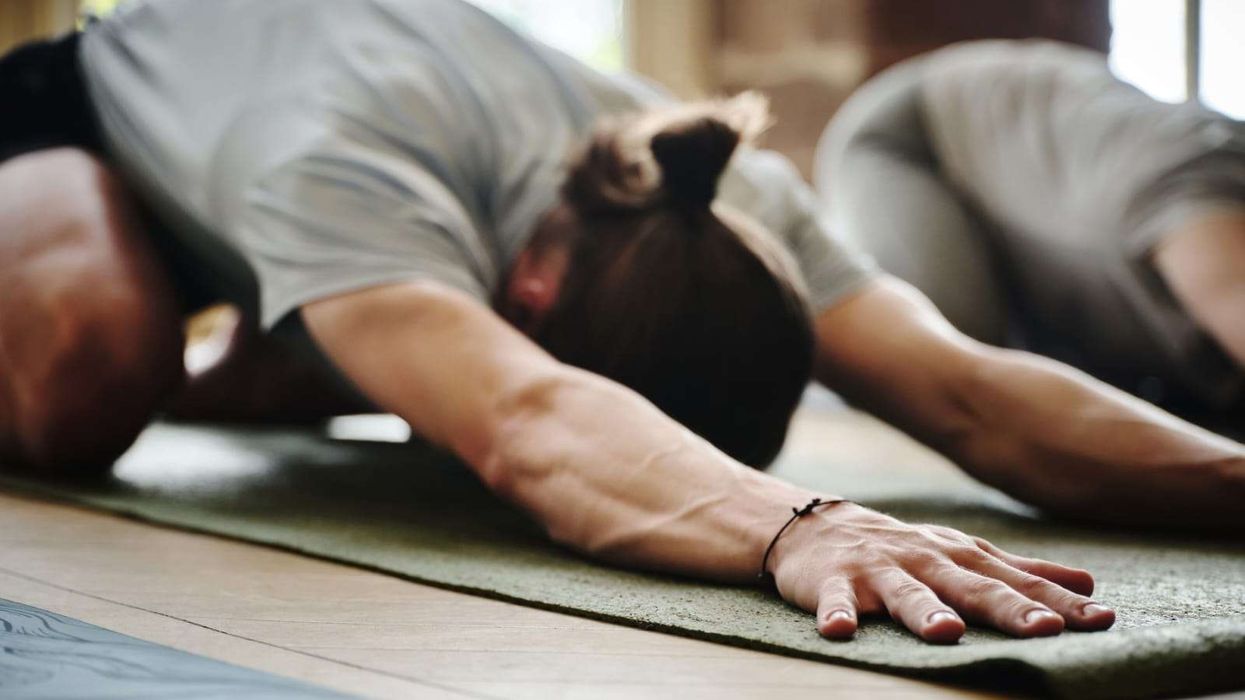ACTRESS DISCUSSES HER REMARKABLE JOURNEY, INSPIRATIONS AND HOPES
by ASJAD NAZIR
BY MIXING up languages, genres and mediums, Ishita Dutta has shown quite comprehensively that she is a versatile actress able to take on any challenge.
The younger sister of beauty queen turned actress Tanushree Dutta has established herself in less than a decade as a film and TV star. The strikingly beautiful actress has been self-isolating with her actor husband Vatsal Sheth and has remained connected to creativity in various ways, including starring in an eye-catching music video during lockdown.
Eastern Eye caught up with Ishita Dutta to talk about her journey, popular actor husband and future hopes.
How have you handled this whole lockdown situation?
It's been quite some time now and we are handling it pretty well. Initially also, we knew that the lockdown would be for a longer duration and decided to keep busy. I am glad that we started making content and kept ourselves occupied. I started painting again. And all those things helped us get through these months. So yeah, I would say that we handled it pretty well.
How do you look back on your acting journey?
I started my career in 2012. The journey has been amazing from TV to films down south and Hindi cinema. I have been fortunate to get the opportunity to work with some fabulous people, across all platforms.
Which of your roles would you say is the closest to your heart?
It would be very difficult to choose one, but I would say Drishyam. I was not very sure if I would be able to play that role, but I had full faith in the team and my director Nishikant (Kamat) sir. It was a fabulous film and it did make a difference as far as my career is concerned.
Which character was the most challenging to play?
It would probably be Husna in the film Blank with Karan Kapadia and Sunny Deol sir. It wasn't a big role as such, but it was very different for me. For the first time, I was doing action and even got injured on set. It was a different character and extremely interesting.
Do your prefer working in television or films?
I can't choose. I love both platforms equally and they have their own niche, and I have enjoyed working in both.
What would be your dream role?
There are so many, but I really do want to play a negative character at some point in life. It doesn't go well with my face though and that would be the challenge. That's something I really want to play and it would be a lot of fun.
Who would you love to work with?
There are so many actors and directors that I would like to work with, so yes, the list is huge.
What is the best professional advice you ever got?
It was from my sister when she told me that you should always look at the project, character and people you would be working with, and not what medium. You would get to learn immensely. You should enjoy and learn. That is something I have always kept in mind. She also told me that in this field you need lots of patience and choose very wisely.
What do you enjoy watching as an audience member?
I saw Money Heist, which is fab and I am waiting to see the next season. I saw Modern Family, Criminal Justice, This Is Us, Aarya and then Friends once again. There are so many amazing shows available and on the way.
Do you discuss work with your husband at home?
I discuss work with my family, Vatsal and my sister. The decision is always mine, but it's a combined effort.
What is it that you like about Vatsal as an actor?
Vatsal is very hardworking. He works on his script and his character. He brings something new to the table. He is receptive to suggestions and is so enthusiastic about his work.
What are your other passions?
Definitely painting! I have recently rediscovered my love for painting and have been doing it every single day.
What can we expect next from you?
There is nothing I'm working on currently. My show just got over before the lockdown. We made a music video and a short film in the lockdown. We shot something before the lockdown, and that's coming up. Right now, I'm taking it slow and safety is the number one priority.
What inspires you?
Everything around me inspires me. When I see my six-year-old niece, she inspires me. One just needs to keep their eyes open.
If you could master something new, what would it be?
I would take to the water. I am very scared of it and don't know how to swim. Every year I try to learn and am trying to get rid of the fear. That is something I really wish to learn, may be not master, but learn it nevertheless.
Why do you love being an actor?
I don't know why, but I just know that I do. I love being in front of the camera, on set and shooting. That gives me a lot of joy and is what I have been doing even during lockdown. It gives me happiness. So yeah, I just love being an actor.
Instagram: @ishidutta











